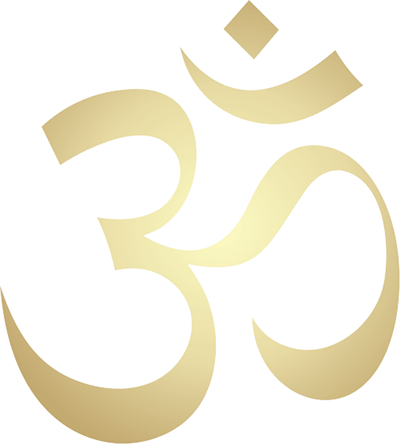



108 Names of Bharat Mata Video
108 Names of Bharat Mata
Gayatri Mantras Video
Bharat Mata Gayatri Mantras
Ekavimski Video
Bharat Mata Ekavimsati Song

Click on Link below to go to Youtube Videos
To download MP3 Audio right click and "save link as"
Home
About the Author
108 Names of Bharatamata
Gayatri Mantras
Ekavimsati Song
Speaking/Media Contact
Sri Bharatamata
Ashtottaram 31
31) OṀ PURUSHĀRTHA BHŨMYAINAMAH:
OṀ (AUM) - PUṚU - SHAAR - DHA - BHOO- MYAI- NA--MA- HA
(Purusha: means -Human; Artha: means-pursuit, wealth, chief aim, principal goal)
Purusha means the one who sleeps in the city of nine gates or the body. In common usage, the word 'purusha' means a man. In the Upanishads the word has often been used to indicate the Jīva (the Self) as also the Paramātman (the Supreme Soul or God). Purushārthās are the ends to be striven for by human beings. Recognizing the basic needs and cravings of a human being, the ancient sages of Hinduism have given a four-fold ideal to be striven for, by everyone. This is called the purushārtha or the ends to be striven for in life. They are four: dharma (righteousness), artha (wealth), Kama (desires of the flesh) and moksha (liberation from trans- migratory existence-which is saṃsāra). Notice that the artha and Kama are in the middle and dharma in front of them. The ṛishis have placed in this order to emphasize to us that we can have artha and kama but should be earned and enjoyed in a right way. The moksha was placed at the end because after enjoying artha and kama in a dhārmic way, one should think of liberation from saṃsāra and work through in attaining that goal.
Ordinary enjoyments of the world are centered on the artha and kama. However, in this world of cut-throat competition, unless some higher norms and standards-the right rules for a good and a fair game are set up, the big fish will eat up the smaller ones and the jungle-law will prevail. It is these rules that are indicated by the omnibus term dharma. Every person is free to pursue the path of artha and kama, comfort and pleasure, but always within the perimeters of dharma.
However, life teaches everyone, at least the more cultured and refined ones, that neither artha nor kama can ever be satiated; and, that there must be a much higher goal to be sought after. This is moksha or total liberation from the trans-migratory cycle of birth and death (saṃsāra), and, being reinstated in one's original state, the state of eternal bliss. This can be attained through spiritual evolution under the guidance of expert spiritual masters.
Sometimes, the first three (dahrma, artha, and kama) are grouped as one unit called 'trivarga' and the last (moksha) as 'apavarga' ('that which is beyond the three').
The only land that taught us and to the rest of the world 'the final goal and pursuit of human beings is moksha'. Hence our bhoomi is 'Purushārtha Bhūmi'.

